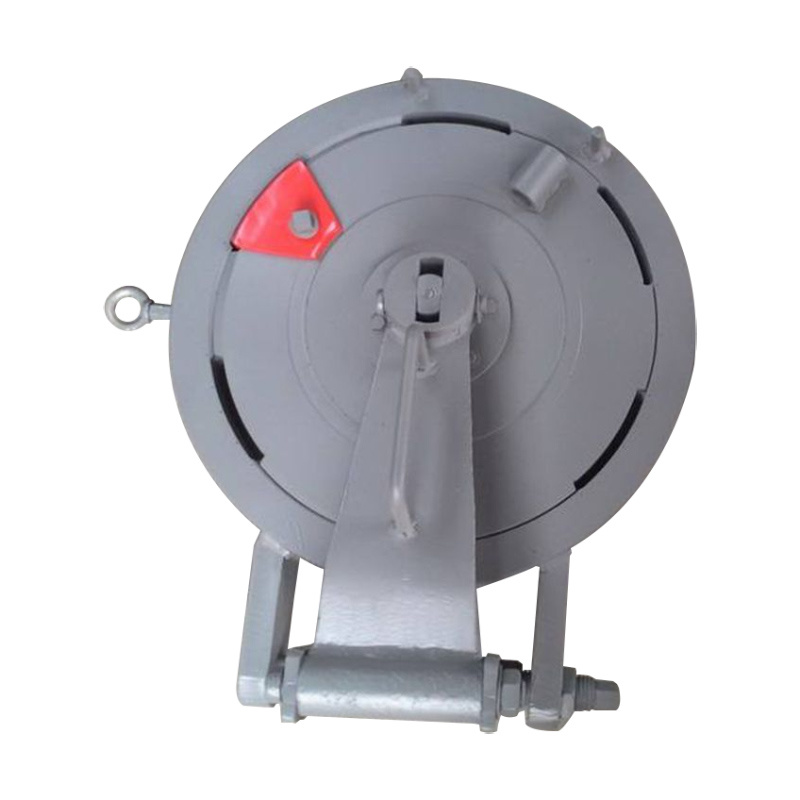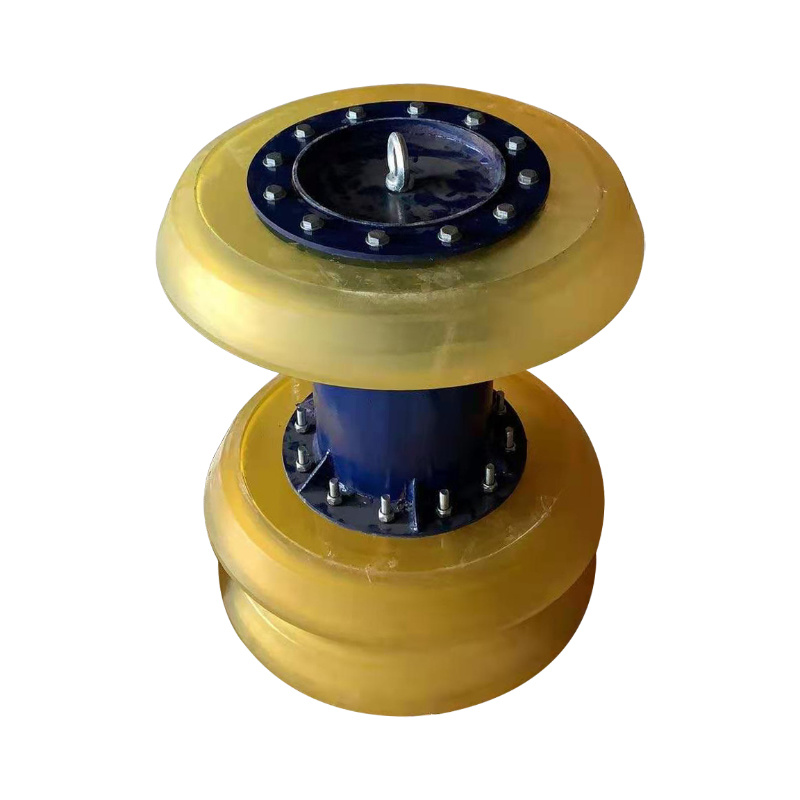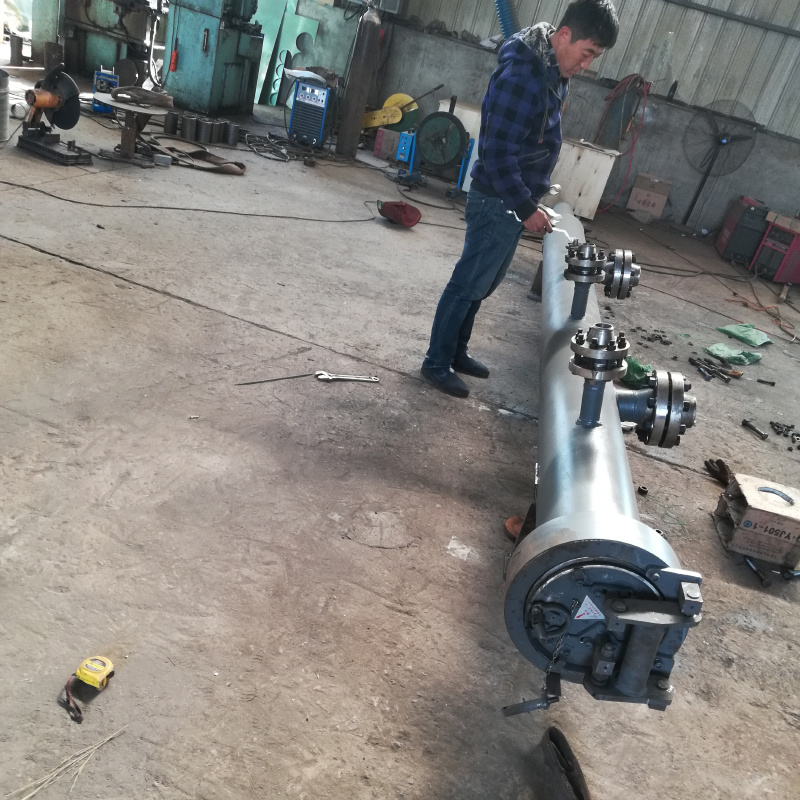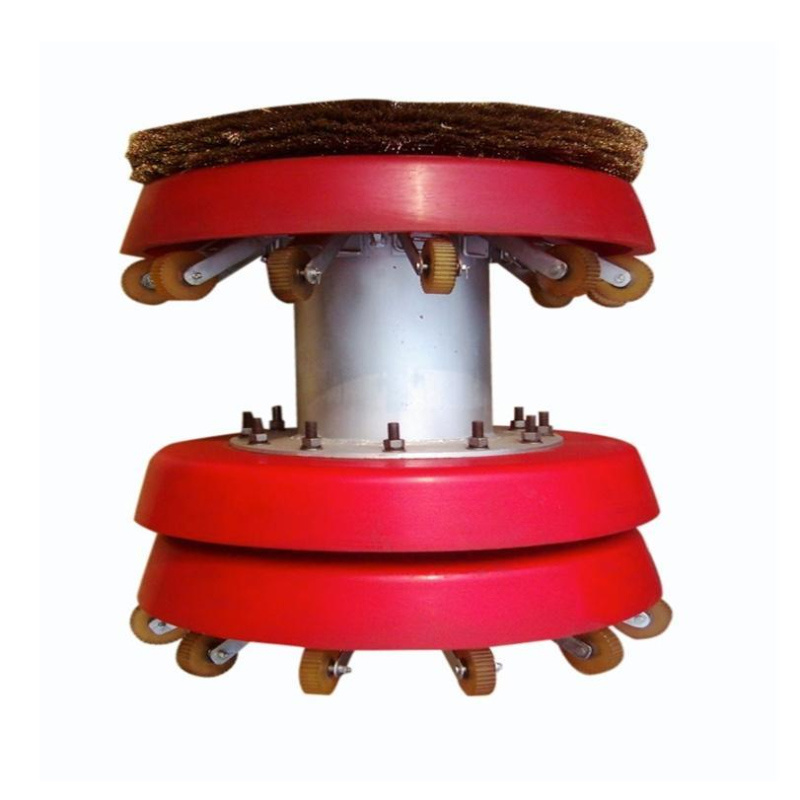Understanding Valveless Openings in Plumbing Systems
Jul 02,2025
In the realm of plumbing systems, the term “valveless opening” refers to an innovative design feature that can enhance the functionality and efficiency of fluid flow without the need for traditional valves. These openings are strategically integrated into the system to facilitate the unimpeded movement of fluids, making them a crucial element in various applications, including drainage and water d

In the realm of plumbing systems, the term “valveless opening” refers to an innovative design feature that can enhance the functionality and efficiency of fluid flow without the need for traditional valves. These openings are strategically integrated into the system to facilitate the unimpeded movement of fluids, making them a crucial element in various applications, including drainage and water distribution.
Valveless openings are particularly significant in systems where the prevention of backflow is essential. By allowing fluid to flow freely in one direction without the complexity of mechanical valves, these openings can reduce maintenance efforts and potential points of failure. The simplicity of design often leads to cost savings in both installation and long-term operation, making valveless openings an attractive choice for many construction projects.
One of the primary benefits of valveless openings is the improvement in fluid dynamics. When fluids pass through traditional valves, turbulence can occur, leading to inefficiencies and potential wear on the system. In contrast, a valveless opening allows for smoother transitions and consistent flow rates, which can be particularly beneficial in larger plumbing systems where pressure fluctuations are a concern. This smoother flow can help optimize the performance of the entire system, ensuring that water reaches its intended destination without unnecessary delays or losses.
Additionally, valveless openings can play a pivotal role in enhancing the overall design of a plumbing system. In decorative applications, where aesthetics are just as important as functionality, seamlessly integrating these openings can lead to a more streamlined and visually appealing installation. Architects and designers can leverage valveless openings to create systems that not only meet functional requirements but also align with the overall aesthetic goals of a project.
It's important to consider the materials and construction techniques when implementing valveless openings. Selecting appropriate piping materials and ensuring proper installation is vital to maximize the benefits of these openings. Moreover, understanding local building codes and standards related to plumbing systems is essential to ensure compliance and safety.
In conclusion, valveless openings represent a significant advancement in plumbing design, offering numerous advantages such as improved fluid dynamics, reduced maintenance, and enhanced aesthetic integration. As construction and decorating materials continue to evolve, incorporating such innovative features can lead to more efficient, cost-effective, and visually appealing plumbing solutions. Understanding the principles behind valveless openings can empower professionals in the industry to make informed decisions that align with both functional and design objectives.
Valveless openings are particularly significant in systems where the prevention of backflow is essential. By allowing fluid to flow freely in one direction without the complexity of mechanical valves, these openings can reduce maintenance efforts and potential points of failure. The simplicity of design often leads to cost savings in both installation and long-term operation, making valveless openings an attractive choice for many construction projects.
One of the primary benefits of valveless openings is the improvement in fluid dynamics. When fluids pass through traditional valves, turbulence can occur, leading to inefficiencies and potential wear on the system. In contrast, a valveless opening allows for smoother transitions and consistent flow rates, which can be particularly beneficial in larger plumbing systems where pressure fluctuations are a concern. This smoother flow can help optimize the performance of the entire system, ensuring that water reaches its intended destination without unnecessary delays or losses.
Additionally, valveless openings can play a pivotal role in enhancing the overall design of a plumbing system. In decorative applications, where aesthetics are just as important as functionality, seamlessly integrating these openings can lead to a more streamlined and visually appealing installation. Architects and designers can leverage valveless openings to create systems that not only meet functional requirements but also align with the overall aesthetic goals of a project.
It's important to consider the materials and construction techniques when implementing valveless openings. Selecting appropriate piping materials and ensuring proper installation is vital to maximize the benefits of these openings. Moreover, understanding local building codes and standards related to plumbing systems is essential to ensure compliance and safety.
In conclusion, valveless openings represent a significant advancement in plumbing design, offering numerous advantages such as improved fluid dynamics, reduced maintenance, and enhanced aesthetic integration. As construction and decorating materials continue to evolve, incorporating such innovative features can lead to more efficient, cost-effective, and visually appealing plumbing solutions. Understanding the principles behind valveless openings can empower professionals in the industry to make informed decisions that align with both functional and design objectives.









